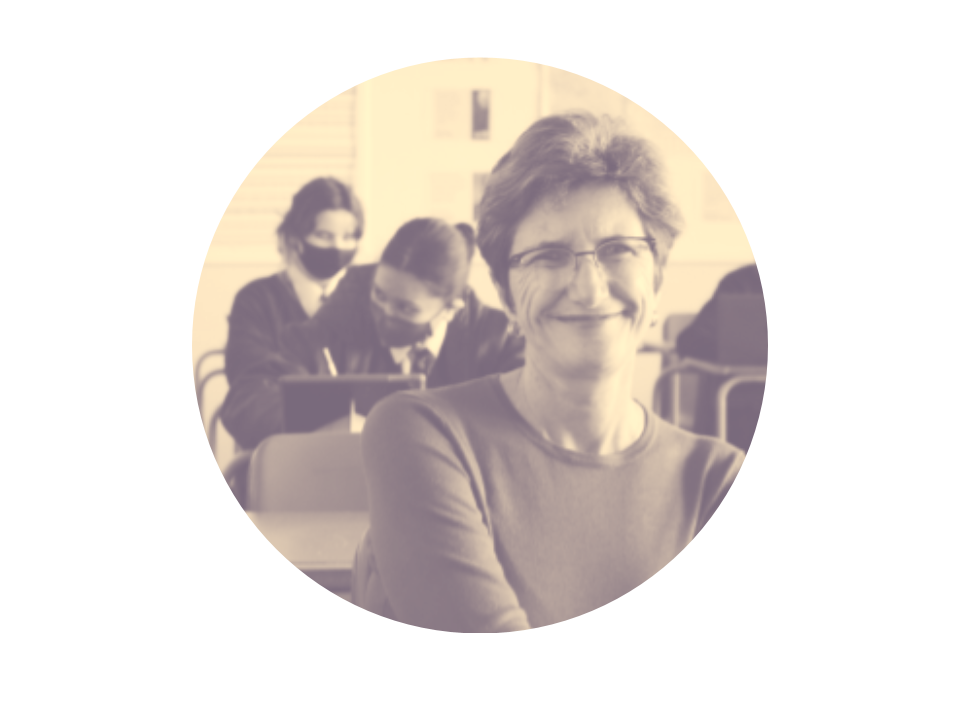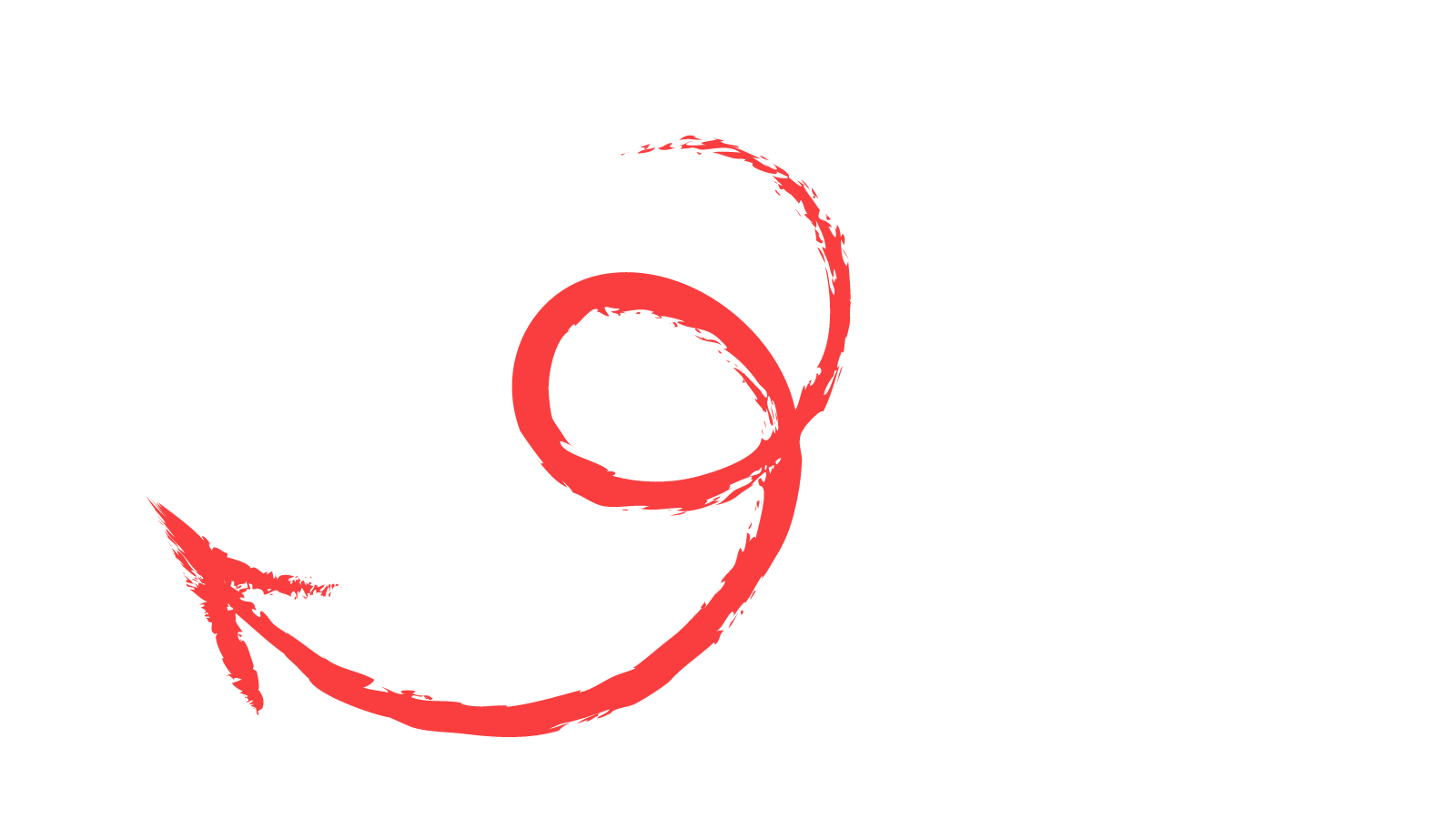The driving question for this project-based task was:
Your team has been recruited to put an advocacy plan together to save a heritage site in South Africa. You will have to present your plan to a panel and the Minister of Tourism in a bid to keep your site from being demolished. How will you convince the panel?
With this Project-based learning task, I wanted the learners not only to gain knowledge of what is understood by heritage but also to develop research skills, digital literacy, work collaboratively and engage in critical thinking and problem-solving.
To achieve these goals, the project consisted of three phases:
PHASE 1
The aim of the first phase was to synthesize knowledge developed in the previous term and, making use of technology, the students had to showcase in groups the heritage of the Ming, Shonghai, and Aztec cultures. I wanted the students to have fun and focus on being creative.
PHASE 2
In the next phase, the aim was to focus on problem-solving, and again in groups, the students had to research a specific South African heritage site and develop an advocacy plan to save the site from being demolished. There were no limitations as to how they presented their campaign to an authentic real-life panel.
PHASE 3
In the final phase, each student had to submit a substantiated argumentative essay of the value of a particular heritage site and why (or why not) it is important to preserve this site for future generations. The aim was to develop critical thinking and research skills including an understanding of plagiarism.
The tasks given at each of these three phases are outlined in more detail below.
















